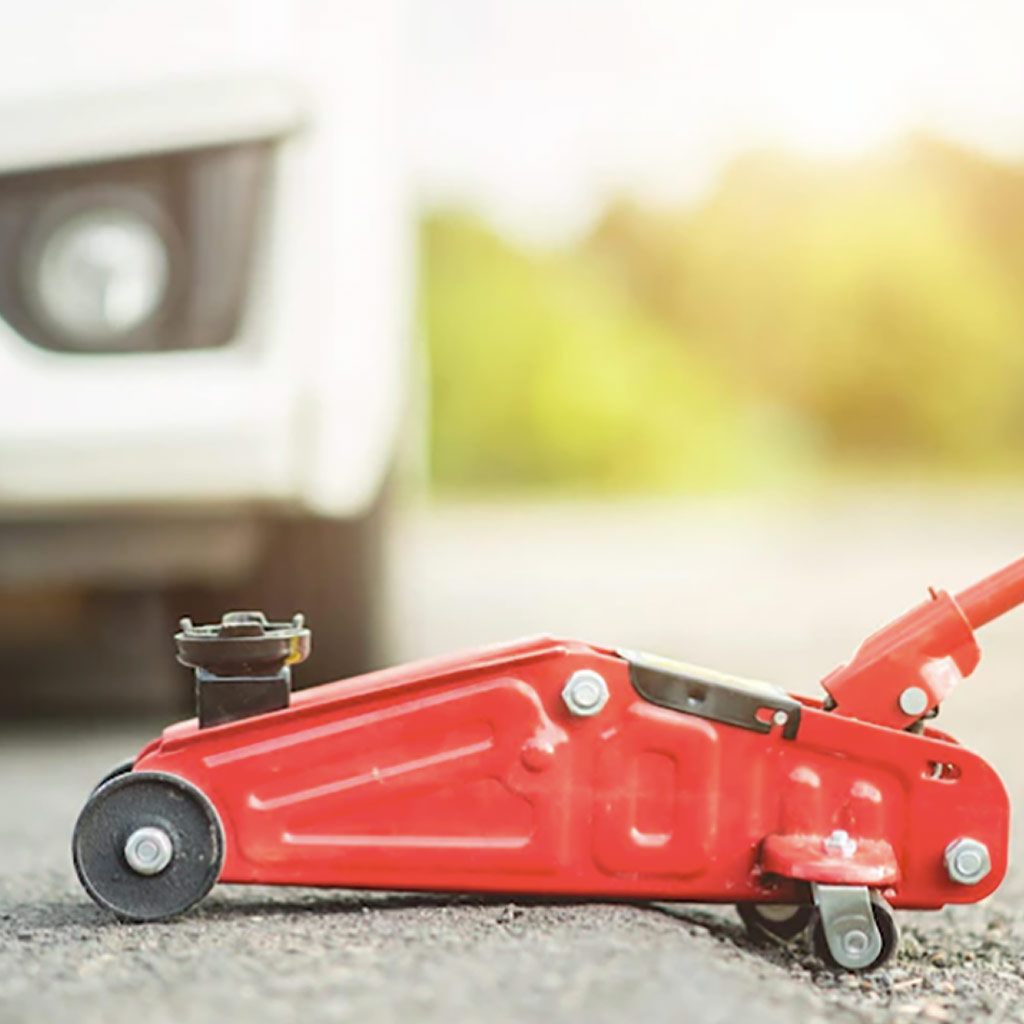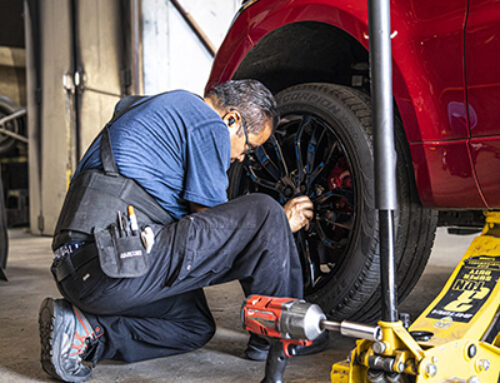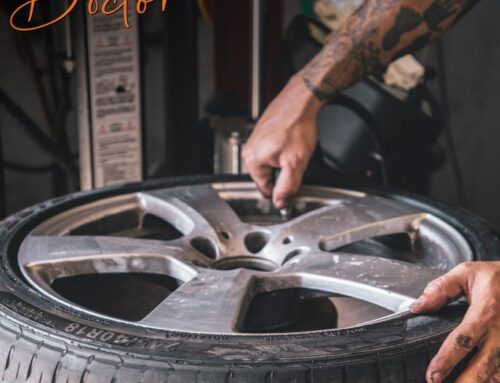
911: Pothole tire damage, what should I do?
Potholes are every driver’s nightmare. Beyond the unpleasant jolt, hitting one can cause serious tire damage, sometimes in ways that aren’t immediately visible. Understanding how to identify the problem and take the right action can save you money, time, and—most importantly—keep you safe on the road.
How Potholes Damage Tires
1. Central and Side Wear
When the grooves of your tire become shallow in the center, it often means your tire pressure is too high. Conversely, if the wear appears on the sides, underinflation or steering misalignment may be the culprit.
What to do:
-
For central wear, adjust tire pressure to the manufacturer’s recommended level and drive more smoothly.
-
For side wear, correct inflation pressure, check alignment, and adjust suspension angles if needed.
2. Saw-Tooth Wear
This wear pattern looks like the teeth of a saw along the tire’s grooves. It occurs when lateral channels, designed to drain water, wear unevenly due to poor alignment, worn shock absorbers, or traction issues.
What to do:
Check and adjust tire pressure, verify suspension geometry, and ensure proper alignment.
3. Bulges in the Sidewall
A bulge means the tire’s internal structure—its carcass—has been damaged by a strong impact. This damage is irreversible and highly dangerous.
What to do:
Replace the tire immediately, even if the tread looks fine. A bulge can lead to sudden blowouts at high speeds.
4. Punctures and Air Leaks
Sharp objects like nails, glass, or debris can puncture your tire, causing a slow leak or complete deflation.
What to do:
-
Only repair punctures in the tread area.
-
Never repair holes larger than 6 mm.
-
Avoid patching sidewall damage.
-
If unsure, have a professional inspect it.
While patching a tire yourself is possible using a repair kit, it requires careful work: finding the puncture, removing debris, preparing the surface, and applying the patch correctly. A poor repair job can cause more damage later—when in doubt, leave it to a professional.
Frequently Asked Questions About Pothole Tire Damage
✅ How can I tell if my tire is damaged after hitting a pothole?
➡️ Look for visible bulges, cuts, or uneven wear. Also, listen for unusual vibrations or changes in handling.
✅ Can I keep driving on a slightly damaged tire?
➡️ No. Even minor damage can worsen quickly, leading to a blowout. Always have it inspected immediately.
✅ Is tire damage from potholes covered by insurance?
➡️ Some policies cover it under comprehensive or collision coverage. Check with your insurer.
✅ Can a tire with a bulge be repaired?
➡️ No. Bulges indicate internal structural failure and require immediate replacement.
✅ How can I prevent pothole tire damage?
➡️ Maintain proper tire pressure, avoid potholes when possible, and reduce speed when driving on rough roads.
It is very important: If you do not think you can do it perfectly, it is better that you leave it in the hands of a professional.
It is also important to know which punctures can be fixed.
Keep these tips in mind:
- Repair only punctures in the tread. Never on the sides of the tire.
- If the hole that has been made in the tire is greater than 6 mm, it is not recommended to fix it.
- It doesn’t repair anything other than a puncture.
- Safety problems can come later if you don’t adjust the tire pressure to its correct level.
- Use the values that are indicated on the sticker of your car.
When it comes to wheel repairs and maintenance, trust Wheels Doctor — your experts in keeping every ride smooth, safe, and looking its best. From structural damage to routine servicing, we have the skills, tools, and experience to get your wheels back in top shape.
Related Wheel Damage Concerns
Potholes don’t just damage tires—they can bend rims, crack wheels, or cause hidden structural problems. If you suspect your wheels took a hit, these resources can help:
-
Can a Pothole Bend a Rim? – Discover how to spot rim damage early, before it becomes a safety hazard.
-
Repairs on Wheels: Understanding Types of Damage and Repair Options – A complete guide to knowing when a wheel can be fixed and when it’s time to replace it.
Potholes and road hazards can harm more than just your tires—they can also affect your wheels, suspension, and alignment. At Wheels Doctor, we specialize in diagnosing and repairing all types of damage to restore your car’s safety and performance.
📞 Contact Us Today
📞 Phone: (305) 490-2028 | (305) 964-7909
📍 Location: 16800 SW 96 Ct, Miami, FL 33157
✉️ Email: info@wheelsdoctor.com
🌐 Website: www.wheelsdoctor.com
🚫 Remember: Never drive on a flat or damaged tire—it can make the problem worse and cost you more in repairs.







